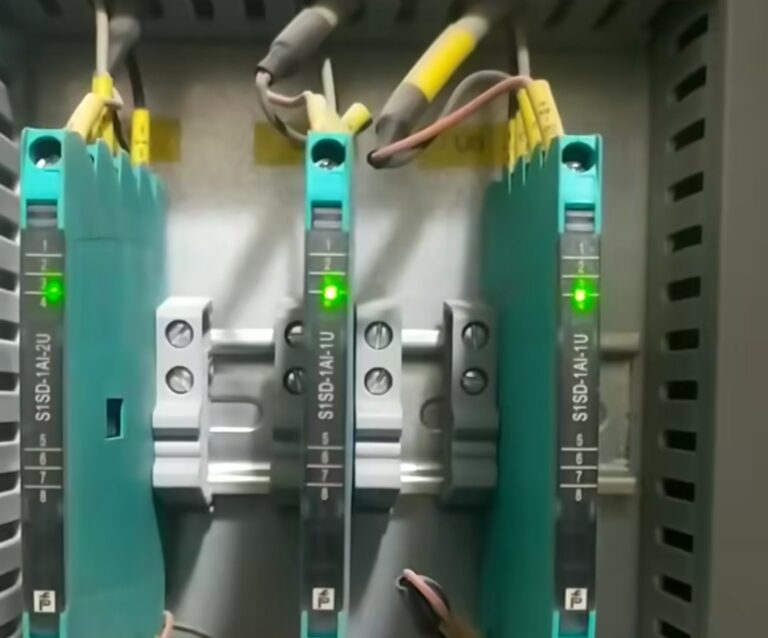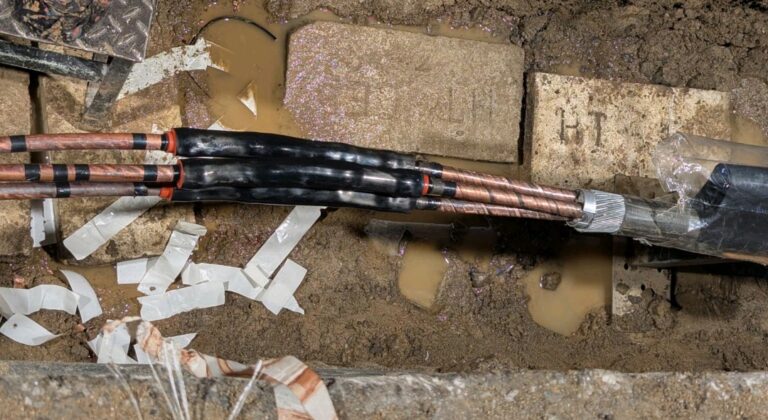What if Main Exciter of a 25MVA diesel generator has failed after 40 years in service.
Needed to be rewinded the both rotor and stator. The Fiber glass wound enameled copper conductor (IEC 60317-48) had been used in the exciter rotor and this couldn’t be founded the same winding wire in the region and so duel coated enameled winding wire (IEC60317-13) instead of fiber glass wound wire.
Gauge was 1.7mm (dia. of Cu conductor only)
Pros of using IEC60317-13,
1. Ability to pack the same number of turns in slots:
We can put more conductors per turn since there is more space than required. The wedge thickness can be adjusted to increase the tightness.
2. Equal or less electrical resistance at the working temperature
Overall conductor diameter per turn is increased, hence electrical resistance is reduced. Further electrical resistances of IEC60713-0-6 and IEC60317-0-1 are same.
3. Equal or better insulation level in terms of breakdown voltage
BD voltage of IEC60317-0-1 is 5kV at room temperature, 3.8kV at elevated temperature, while IEC60317-0-6 BD voltage is 1.26kV. Hence proposed duel coated wire has much higher BD voltage.
4. Equal or better thermal energy dissipation through the insulation coating
No specification or test method give in IEC60317. But from general understanding, it can be concluded that dual enamel coated wire can dissipate heat more efficiently than fibreglass wound enamel wire.
Cons:
1. Low scratch resistance for the insulation coating
IEC60317-13 has 1.6N resistance to abrasion (Minimum average force to failure of grade 2, 1.8mm dia.). IEC60317-48 or IEC60317-0-6 don’t has given value to compare and mentioned as “test inappropriate”. but latter seems to be have more scratch resistance as experienced.
2. resistance against environmental influences
There is no specific test method. But the exciter is enclosed by the covers and ventilation air is provides through filters. So ingress of foreign partials or chemicals are minimum. But the fire/arc resistance of fibre is much higher.
#generator #exciter

